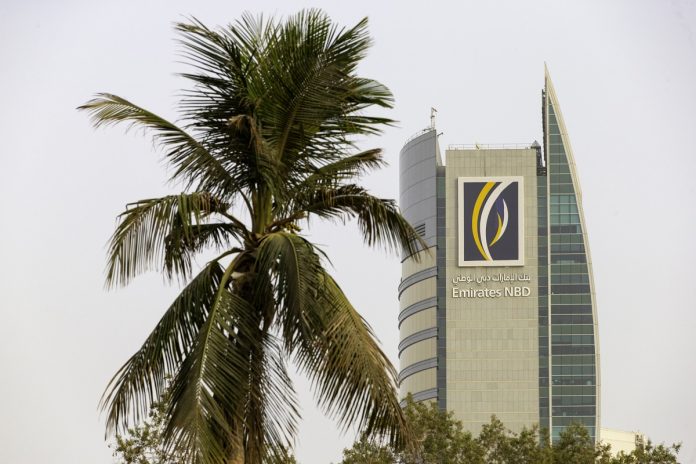
(Bloomberg) — Banks in the United Arab Emirates may go through a second wave of consolidation as lenders seek to improve profitability and tackle inefficiencies, according Bloomberg Intelligence.
Read: Gulf Bank Mergers: Who’s Talking to Whom?
Amid rising regulatory requirements and digital spending, “inefficient, less profitable and less well-capitalized banks are susceptible” to consolidation, BI banking analyst Edmond Christou said in a report on Wednesday. The absence of common shareholders and a lack of cross-Emirate deals have so far hindered transactions, he said.
Abu Dhabi Islamic Bank PJSC and Commercial Bank International PSC are among lenders that have under-performed in some areas and could benefit from “commercially driven” mergers, according to Christou. Mashreqbank PSC and National Bank of Ras Al-Khaimah PSC could be viewed as attractive targets, though Mashreqbank’s less supportive ownership makes it a less likely candidate, he said.
Read: UAE Investment Banks Arqaam and TNI Are Said to Weigh Merger
Most bank mergers in the U.A.E. have so far been driven by common shareholders, making it easier for deals to be completed. Abu Dhabi’s government merged three of its banks after combining two of its largest lenders in 2017.
Dubai Islamic Bank approved a plan this week to proceed with the acquisition of smaller rival Noor Bank, both of which are controlled by Dubai’s main holding company.
“Local deals offer cost savings and scale, as well as accelerating digital transformation for smaller lenders,” Christou said. A “third wave could be centered on industries undergoing reforms, such as insurance, which is less capitalized, advanced and incapable of supporting economic growth and savings cultures.”





